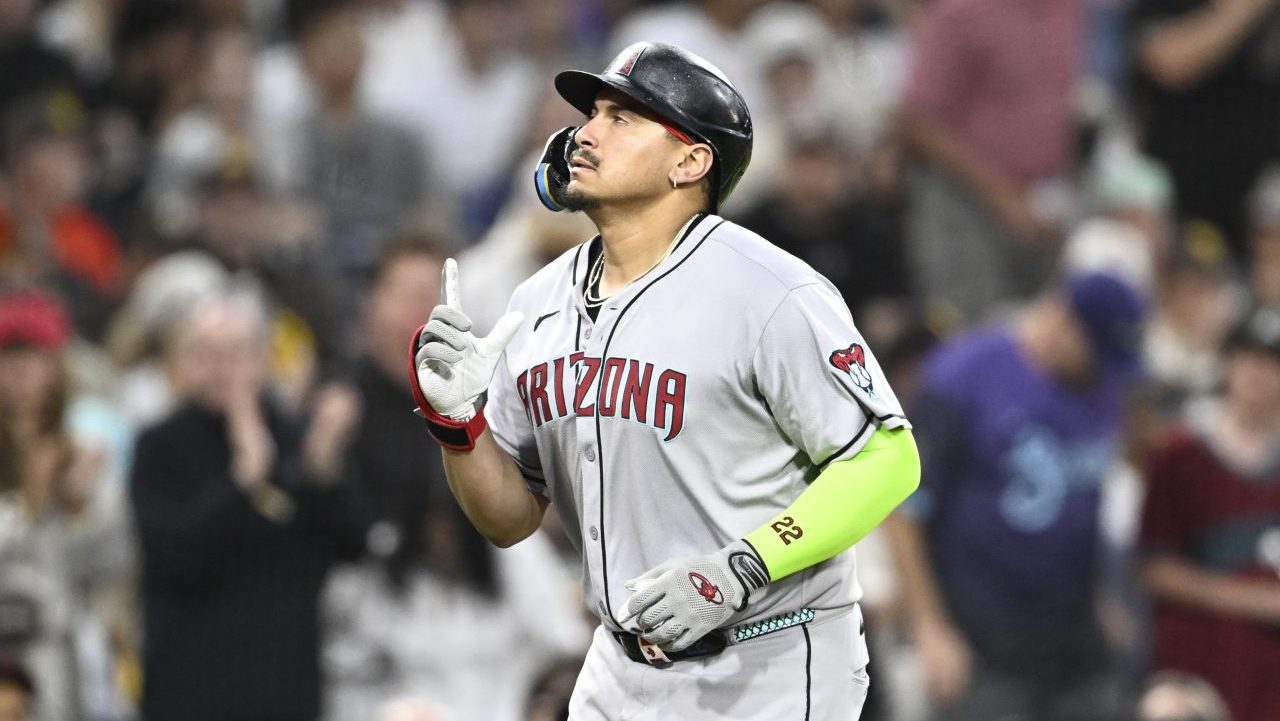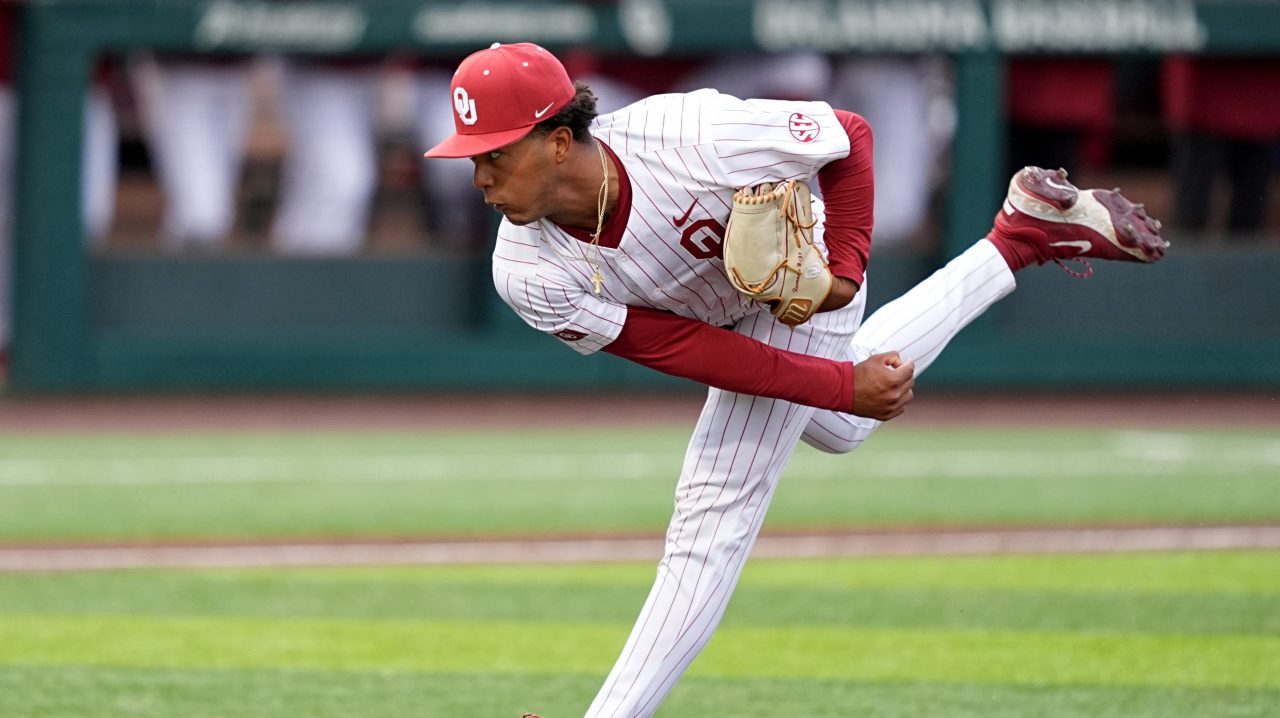David Price has gone on record saying he wasn’t pleased with his output in 2016. Understandably so, given his ERA was over 3.50 for only the third time in his career and over 3.60 for the first time since his first season in 2009.
Now he was a horse, logging a league-best 230 innings and finished seventh in all of baseball with 228 K’s.
So where was the problem? Well he averaged 1.96 walks per nine innings -- his highest total since 2012. But he still ranked 14th in all of baseball in that, too.
Hits, now that was definitely part of the problem. Hitters almost averaged a hit an inning off Price (8.88), the highest mark of his career. So that’ll take a toll.
But here’s the bigger issue, Price gave up 30 home runs, tied for eight highest among all MLB starters.
Well, he pitched a lot of innings, right? More than anyone, right?
True. However, Price averaged just over one home run every nine innings (1.17) for only the third time in his career, again the highest mark since his first MLB season.
Boston Red Sox
Find the latest Boston Red Sox news, highlights, analysis and more with NBC Sports Boston.
“Extremely inconsistent,” Price said summarized his first year in Boston. “I felt like that was kind of like my first year in the big leagues. My first full year was 2010, but in 2009 I made 23 or 24 starts. And it was a good and then a couple stinkers, then an OK one, then a good one.
“That’s the way I felt it was last year. I wasn’t as consistent as I’m used to being. That’s something that I can fix. My body feels good -- I’m ready to go right now . . . This is the fastest, I feel like, in the offseason I’ve had the itch for spring training in a while.”
So where does it all stem from? Most jump right to mental toughness. Sure, that’s been a tough adjustment for a few first-year pitchers in Boston before.
But in looking at guys like Josh Beckett and John Lackey, their first year was bad -- as in almost zero bright spots. But like Price mentioned, he had dominant moments where he looked like the pitcher the Red Sox thought they signed. So it has to be something mechanical or in his pitch selection.
“For me, it stems off commanding that fastball,” Price said, sticking to his the same story from 2016. “That was something I didn’t do nearly as well last year. Whenever I tried to throw a two-seam to my glove-side (inside to a righty), it would leak back over the middle of the plate. Whenever I would try to throw a four-seamer away to a righty it would cut back over the middle.
“That’s something I can fix. That’s something I’ve always done well is being able to command my fastball on both sides of the plate with both [my] two-seam and four-seam. Whenever you can do that, that’s what opens the door to everything else . . . These hitters don’t want to get beat by a fastball -- they definitely don’t want to get beat in by a fastball.”
This is the same issue Price dealt with last season. Based on his assessment, it seems the issue is clearly mechanical. Maybe it got thrown off because he was distracted, but it’s clearly something he can fix.
And to those wondering why he didn’t fix it during the year, it’s not that simple. Pitchers constantly work on their mechanics to hammer home muscle memory, but once they get on the mound, they can’t worry about that because there’s a guy 60 feet away trying to leave the yard. And given they’re most about making their next start about all else, it doesn’t leave a ton of time to work on a mechanical adjustment.
But it’s clear that was his first order of business in getting ready for 2017.
“You do that playing catch. You’ve got to focus in on a target,” Price said. “I go out there to throw with a purpose. (Oakland A’s starter) Sonny Gray and myself have been playing catching every day -- or Monday through Friday -- for the past couple weeks now, and that’s something we talk about.
‘That’s something you’ve gotta be able to do -- play catch with a purpose, to lock in on that target. Aim small. Then you develop that feeling of being able to throw the ball wherever you want. Then you don’t have to think about it, it just comes second nature. That’s the way a fastball should be.”


